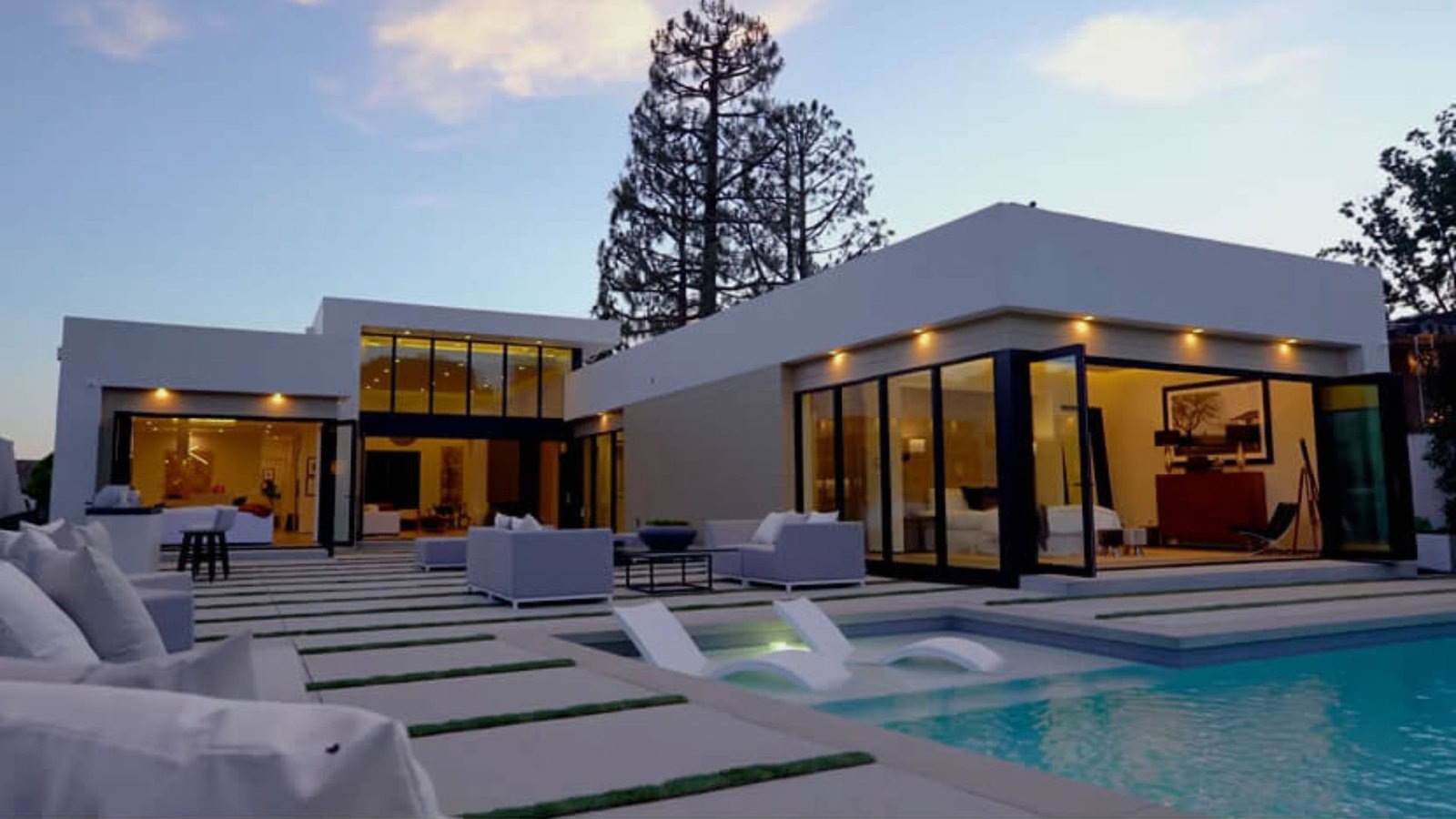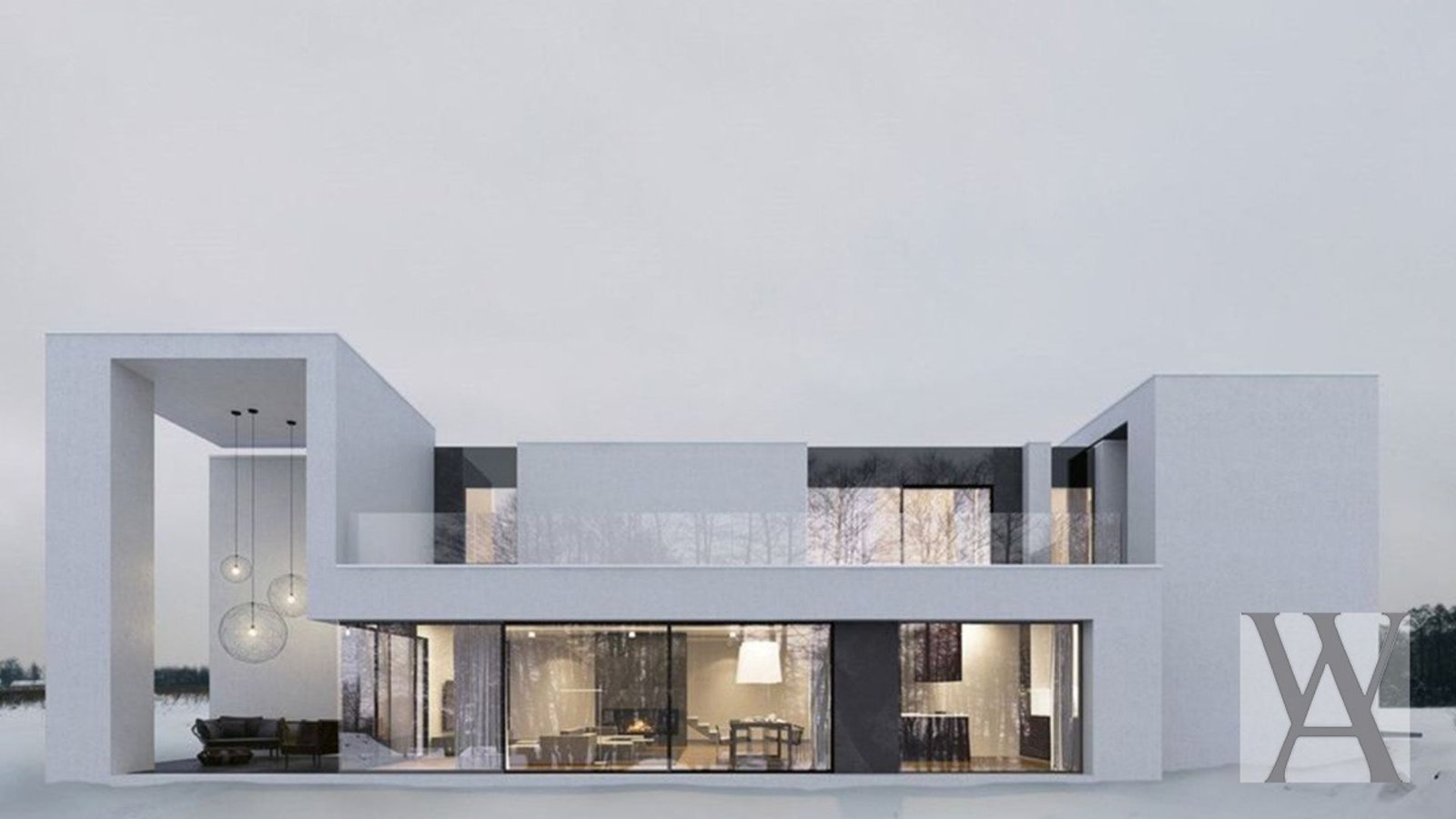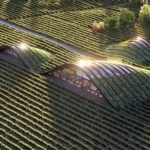What Are the Latest Trends in Modern Architecture
Modern architecture is constantly evolving, and keeping up with the latest trends helps us understand the future of design. These trends highlight how architects address environmental concerns, integrate technology, and shape our living spaces.

Sustainability: A Key Trend in Modern Architecture
Sustainability stands out as one of the most crucial trends in modern architecture. Architects are increasingly focused on creating buildings that minimize their impact on the environment.
Green Materials
Firstly, architects are using green materials more than ever. Recycled materials, like reclaimed wood and metal, reduce waste and lower the carbon footprint. Additionally, sustainably sourced materials, such as bamboo, are becoming popular due to their rapid growth and minimal environmental impact. Consequently, the use of these materials supports both eco-friendly practices and innovative design.
Energy Efficiency
Moreover, energy efficiency is a significant part of modern architecture. Buildings now incorporate advanced insulation, energy-efficient windows, and solar panels to reduce energy consumption. For instance, high-performance insulation helps maintain a consistent indoor temperature, thereby reducing the need for heating and cooling. By implementing these features, architects not only cut energy costs but also contribute to environmental preservation.
Smart Technology Integration
Smart technology has revolutionized modern architecture. Buildings are becoming more intelligent, with systems designed to enhance efficiency and convenience.
Automated Systems
To begin with, automated systems play a crucial role. Smart thermostats, for example, learn your schedule and adjust the temperature accordingly. Similarly, automated lighting systems can be controlled remotely or set to respond to movement. These technologies not only offer convenience but also help conserve energy by ensuring that systems operate only when needed.
Intelligent Design
In addition, intelligent design has become a focal point. Modern buildings are equipped with sensors and data analytics to optimize energy use and enhance comfort. For example, sensors can monitor and adjust lighting based on natural light levels, ensuring optimal illumination throughout the day. Consequently, these technologies improve both efficiency and the user experience.
Minimalist Aesthetics
Minimalist aesthetics continue to influence modern architecture. This design philosophy emphasizes simplicity, functionality, and clean lines.
Functional Design
First and foremost, minimalist designs focus on the functional use of space. Open floor plans, minimal furniture, and a restrained color palette create a sense of calm and order. For example, removing unnecessary walls can make spaces feel larger and more fluid. This approach not only enhances the visual appeal but also improves the practicality of living and working environments.
Enhancing Architectural Experiences with Seamless Access
At MyAromatica, we delve into the world of modern architecture, exploring how design and functionality intersect to create sustainable and innovative spaces. To further enhance user engagement, integrating services like Kingjohnnie VIP Room can offer seamless access to exclusive content and experiences. By incorporating such solutions, we aim to provide our audience with a comprehensive and enjoyable journey through the realms of architecture and design.
Use of Space
Additionally, the thoughtful use of space is key to minimalist design. Architects prioritize essential elements and reduce excess, which fosters a more organized and serene atmosphere. This often involves creating multifunctional spaces that serve various purposes. As a result, minimalist aesthetics contribute to both the efficiency and beauty of modern buildings.
Adaptive Reuse and Renovation
Adaptive reuse and renovation are gaining prominence as sustainable alternatives to new construction. This trend involves repurposing existing buildings to meet current needs.
Preserving History
To illustrate, converting historical buildings into modern spaces preserves cultural heritage while addressing contemporary requirements. For instance, transforming an old factory into stylish apartments retains the building’s character and charm. By adapting existing structures, architects maintain historical significance and contribute to sustainable development.
Resource Efficiency
Furthermore, adaptive reuse promotes resource efficiency. By reusing existing materials and structures, architects reduce the need for new resources and minimize waste. This approach aligns with sustainable practices, making it a vital trend in modern architecture. As a result, adaptive reuse not only benefits the environment but also supports the preservation of architectural history.
Community-Centric Design
Community-centric design is increasingly important in modern architecture. This trend emphasizes creating spaces that foster social interaction and a sense of community.
Public Spaces
One way architects achieve this is by designing vibrant public spaces. Parks, community centers, and gathering areas are crafted to encourage social interaction and community engagement. For example, creating open areas with seating and green spaces invites people to gather and connect. Consequently, these spaces enhance community life and strengthen social bonds.
Inclusive Design
Moreover, inclusive design ensures that spaces are accessible and welcoming to everyone. Features such as ramps, wide doorways, and clear signage accommodate diverse needs and promote equality. By prioritizing inclusivity, architects create environments that support all individuals and enhance social cohesion.
Aromatherapy and Online Entertainment
Myaromatica.com offers a range of aromatherapy-based skincare and haircare products. For those seeking online entertainment, explore more at https://www.wolfwinner.fun/en. Discover a new world of online fun.
Conclusion
In conclusion, the latest trends in modern architecture highlight a shift towards sustainability, technological innovation, and community engagement. By integrating green materials, smart technology, minimalist aesthetics, adaptive reuse, and community-centric designs, architects are shaping a future that values both environmental responsibility and social well-being.



